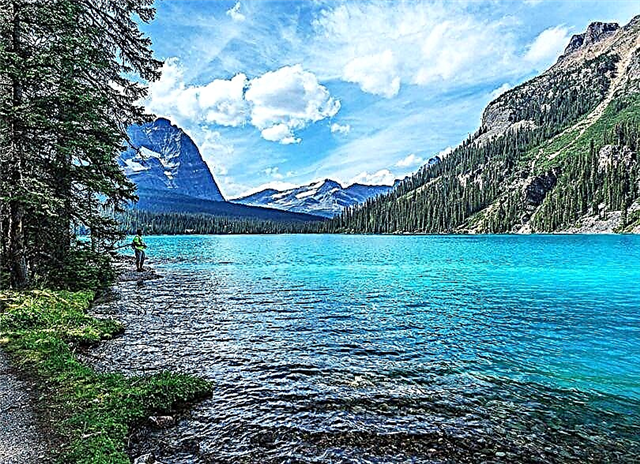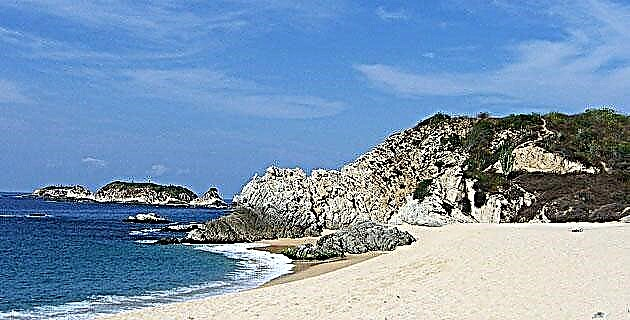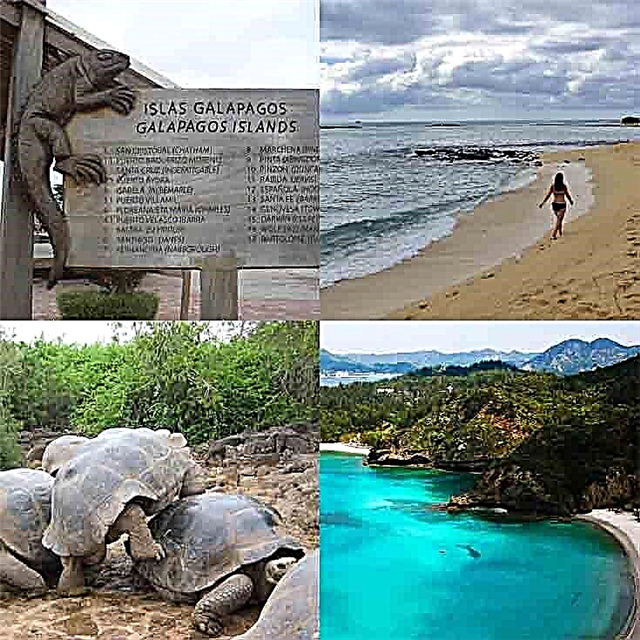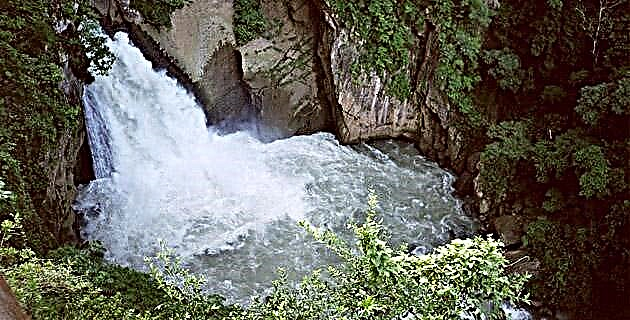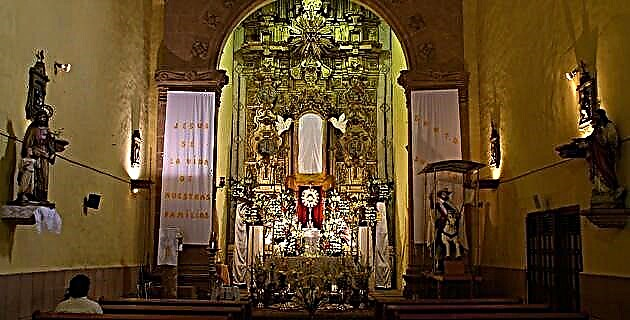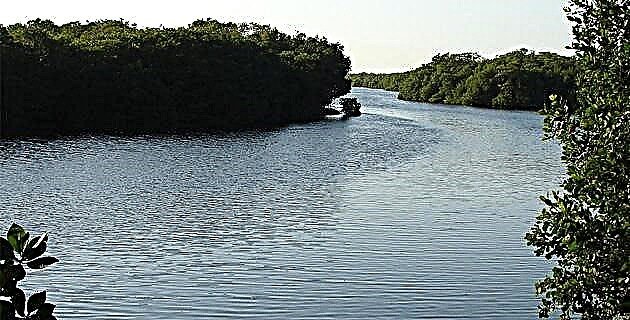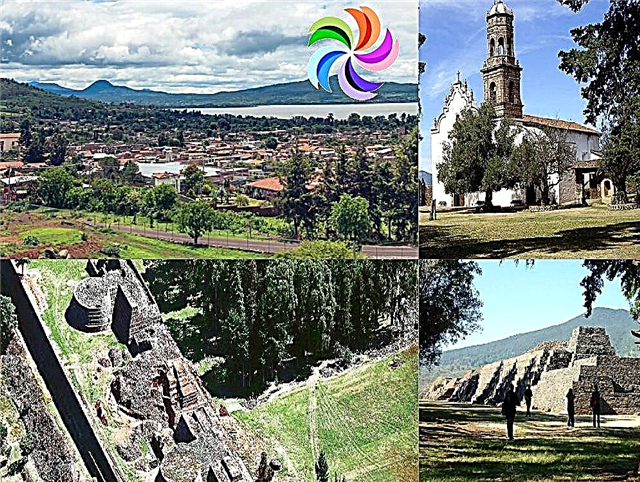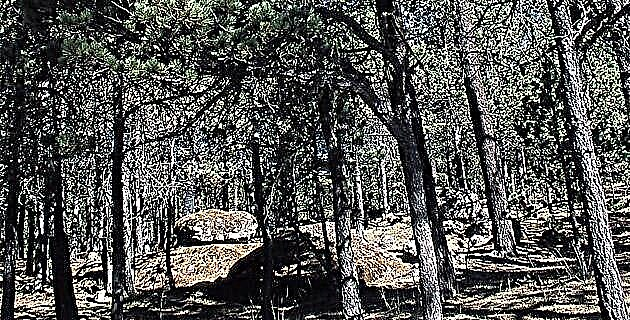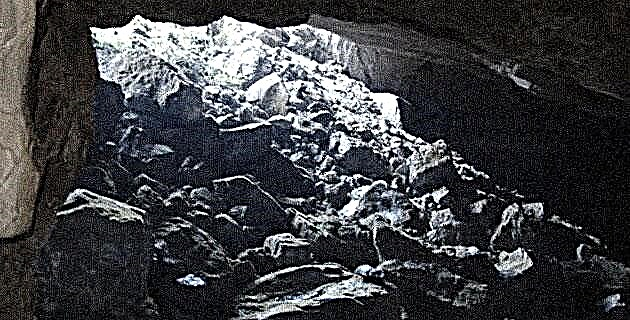
The team at the back was unaware of the tragedy occurring in another part of the cavern. When the group of spelunkers began their return to the surface, they left Camp III behind and headed for Camp II; upon arrival, he found a shocking note that read: "Yeager died, his body will be found at the base of the 23m shot near Camp II."
The fatal accident had occurred in the colossal cavity known as Sistema Cheve, in the state of Oaxaca, with 22.5 km of tunnels and galleries, and a drop of 1,386 m below ground. Currently the Cheve System ranks second among the deepest cave systems in the country, and ninth in the world. Christopher Yeager was exploring with a team of four who, on their first day, intended to reach Camp II.
To get there, it is necessary to descend 32 ropes and cross subdivisions, deviations, etc. There are, in addition, approximately one kilometer of difficult passages, with large volumes of water from strong currents. Yeager started down for a 23m throw, in which it is necessary to change the descender from rope to rope.
Five kilometers into the cavity, and 830 m deep, at a fractionation crossing and only two shots before reaching Camp II, he made a fatal mistake, and fell directly to the bottom of the abyss. Immediately, Haberland, Brown and Bosted, gave him cardiopulmonary resuscitation; however, it was useless. Eleven days after the accident, Yeager was buried in a beautiful passage, very close to where he fell. A limestone headstone identifies his grave.
I was invited to this incredible system by an expedition of Polish cavers from the Warzawski group. The main objective was to find new passages in the depths of the cavity, with a completely European-style development method. That is, as the water in the caves in Poland reaches sub-zero temperatures, instead of continuing to swim in flooded passages, they make routes and crossings through the walls of the cavities. In addition, in the Cheve System, this type of maneuver is necessarily required in certain places where the water is plentiful.
On Sunday at 5:00 PM, Tomasz Pryjma, Jacek Wisniowski, Rajmund Kondratowicz, and I entered Cheve Cave with several kilos of material to install the ropes inside the cavern and try to locate Camp II. Progress was very fast, despite obstacles and maneuvers with a high degree of difficulty.
I remember the huge passage known as The Giant Staircase; between large blocks we descended with galloping rhythm and without rest. This majestic cave seems endless; To cross it, it is necessary to overcome a difference in height of more than 200 m, and it presents a large interior abyss 150 m deep. Descending approximately 60 m, we find a stream of water that forms an impressive underground waterfall, causing a deafening roar. After twelve hours of continuous exercise, we discovered that we had taken the wrong passage; that is, we were in one of the many forks in this part of the system. We then made a momentary stop and ate. That day we descended to a depth of 750 m. We returned to the surface at 11:00 a.m. Monday, and under a bright sun we reached the base camp.
On Friday at ten o'clock at night, Maciek Adamski, Tomasz Gasdja and I went back into the cavern. It was less heavy, because the cable was already installed and we were carrying less material on our backs. It took us a relatively short time to get to Camp II. The next "day", at 6:00 am, we rested in sleeping bags, six kilometers from the entrance and 830 m deep.
Tomasz Pryjma, Jacek and Rajmund had entered before us and were trying to find the shortest way to the bottom. But they were unlucky, and could not locate either the most suitable route to the bottom, or Camp III. I was puzzled to surface again, for we had reached considerable depth, and proposed to stay at Camp II, to rest, and then continue our search. They commented that they were used to walking several kilometers in the snow before entering the caverns, and that when they came out they liked to walk through the snowy mountains in extreme conditions until they reached their base camp. I had no alternative but to surface with them again, and at 9 pm on Sunday we reached base camp.
The cold was intense that night, and even more so when taking off the special PVC combination, and changing dry clothes. Because this cavern is located in one of the highest calcareous areas in the country, an alpine climate prevails in it, especially at this time of year. On two occasions, my tent woke up totally white and covered in frost.
Finally, Rajmund, Jacek, and I entered the cavern once more. We quickly reached Camp II, where we rested for six hours. The next day we started the search for Camp III. The distance between these two underground camps is six kilometers, and it is necessary to descend 24 ropes, in addition to several rope maneuvers over the water.
After fifteen hours of continuous and rapid development, we were successful. We arrive at Camp III and continue our descent to find the route to the terminal siphon. We were approximately 1,250 m underground. When we reached a flooded passage, we stopped momentarily, Jacek did not want to continue because he did not know how to swim very well. However, Rajmund insisted on going ahead, and proposed that I accompany him. I have been in very special situations in caves, but I have never felt so exhausted as at that time; however, something inexplicable prompted me to accept the challenge.
Finally, Rajmund and I swam through that passage. The water was really freezing, but we discovered that the tunnel was not as big as it appeared; After swimming for a few meters, we were able to climb a steep ramp. We went back for Jacek, and the three of us continued, together again. We were in a complex part of the system, very close to the passage known as Wet Dreams, just 140 m from the bottom. This section of the cavern is very intricate by crevices and passageways with water and tributaries that form cascading sources.
Between attempts to find the proper way to the final siphon, we had to cross a chasm leaning our backs against one side of the wall, and on the other, leaning both feet, with great risk of slipping due to the humidity of the walls. In addition, we already had several hours of progression, so our muscles did not respond the same due to fatigue. We had no other option, as we no longer had rope to make sure at that time. We decided with the other expedition members who would climb from the bottom. Later we stopped at the place where the tombstone in honor of Christopher Yeager is located. As I wrote this article, I knew that her body was no longer there. Finally, our expedition managed to carry out thirteen assaults on the cavity, in a period of 22 days, with an excellent safety margin.
Back in Mexico City, we learned that a group of cavers, led by Bill Stone, were exploring the Huautla System, specifically in the famous Sótano de San Agustín, when another tragedy happened. Englishman Ian Michael Rolland lost his life in a deep flooded passage, more than 500 m long, known as “El Alacrán”.
Rolland had diabetic problems and suffocated from immersion in water. His effort, however, added 122 m of depth to the Huautla System. In such a way that now, again, it occupies the first place in the list of the deepest caverns in the American continent, and the fifth in the world, with a total depth of 1,475 meters.

